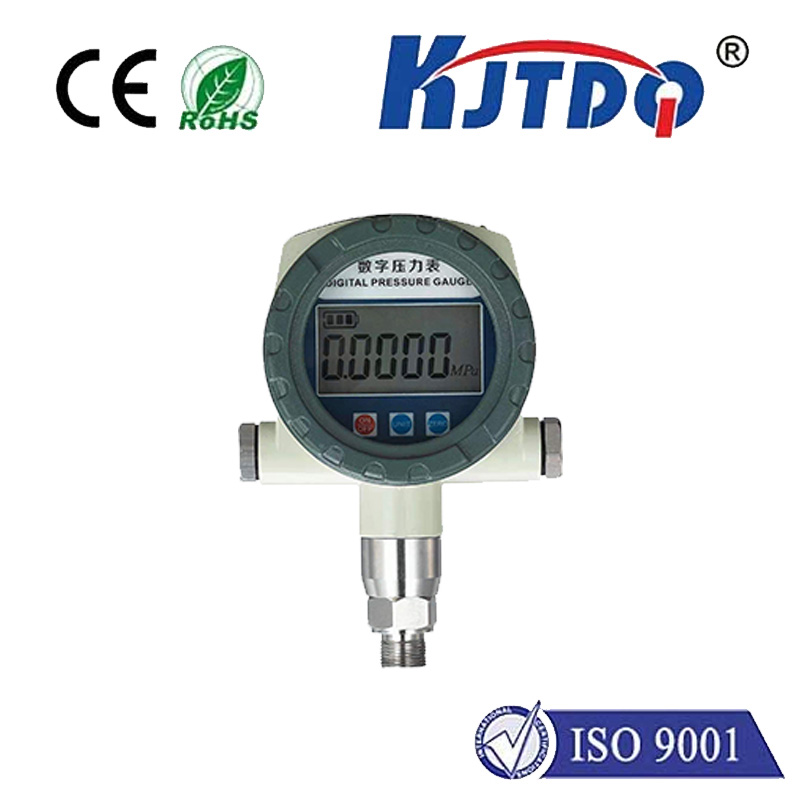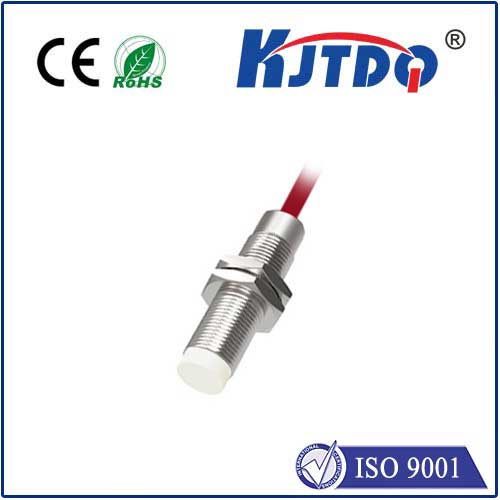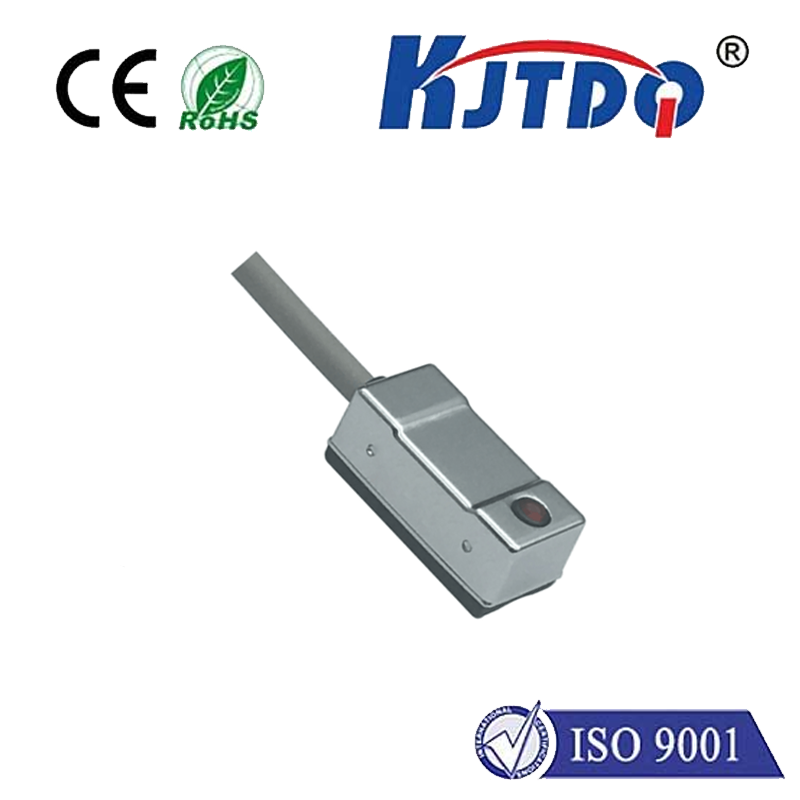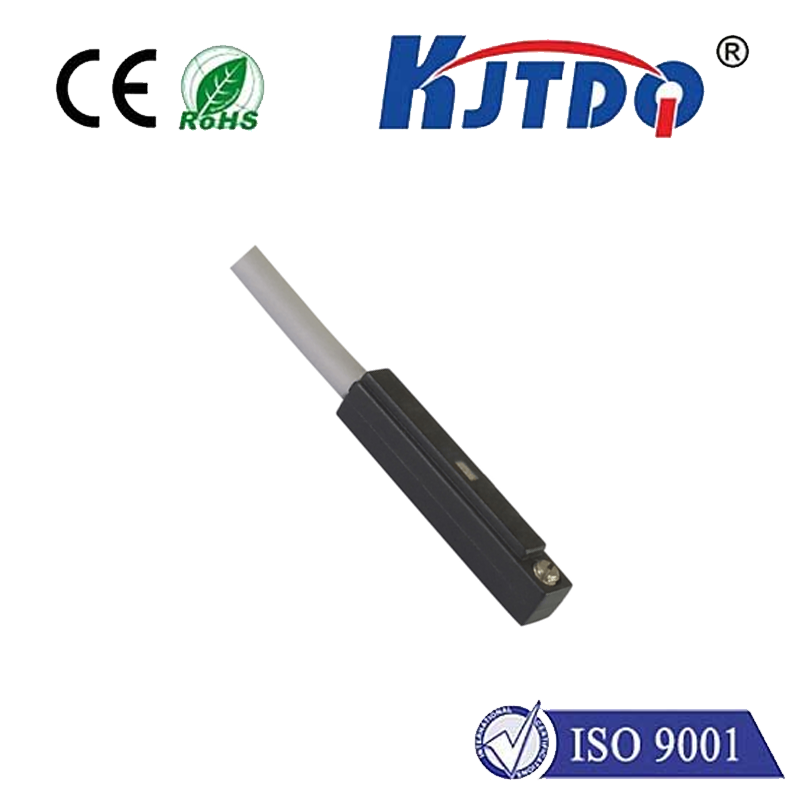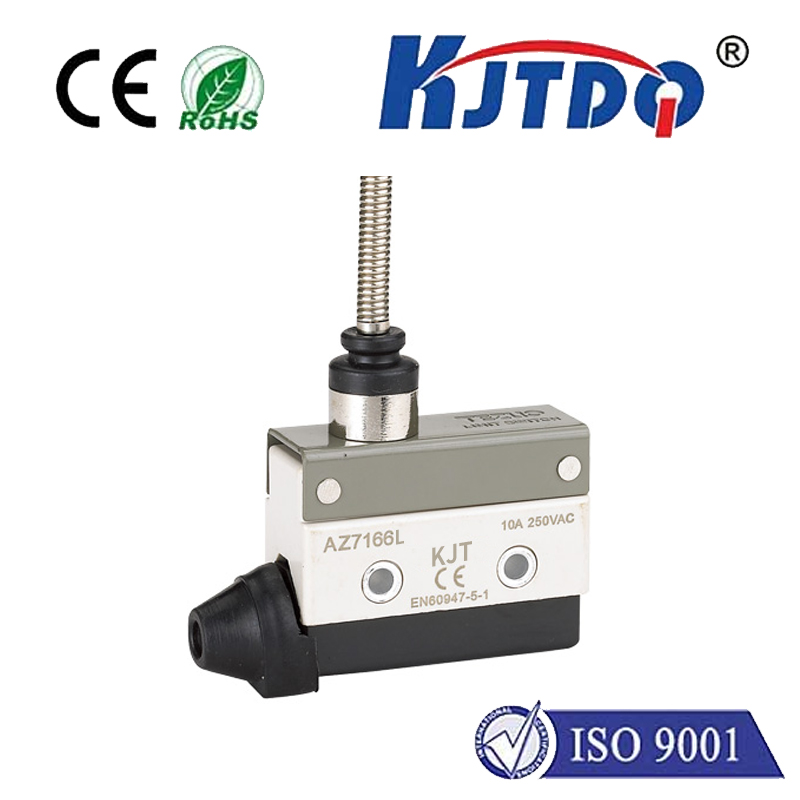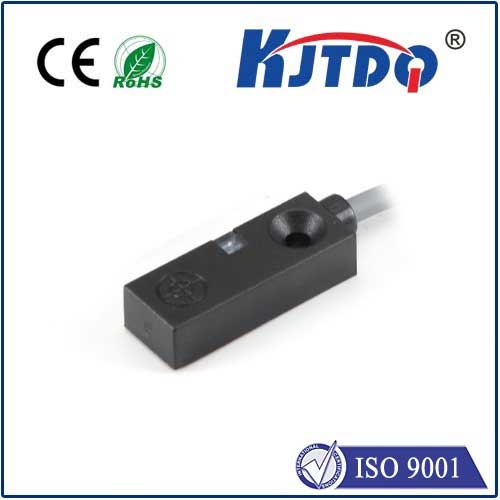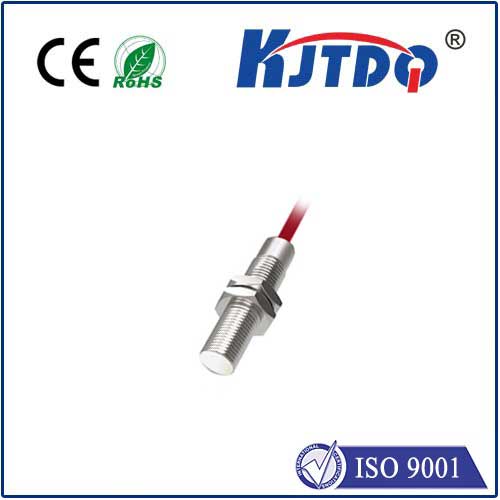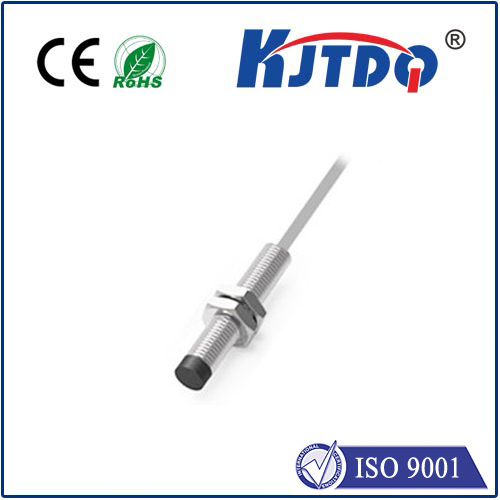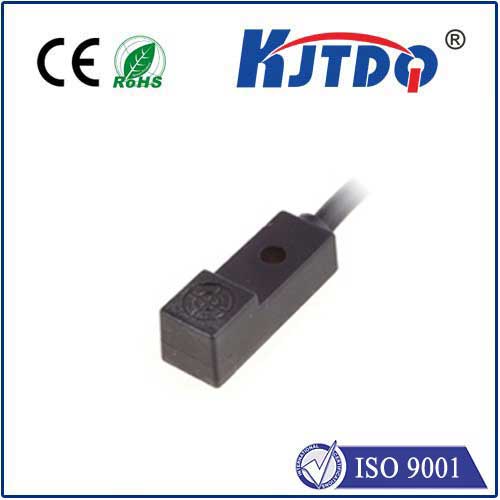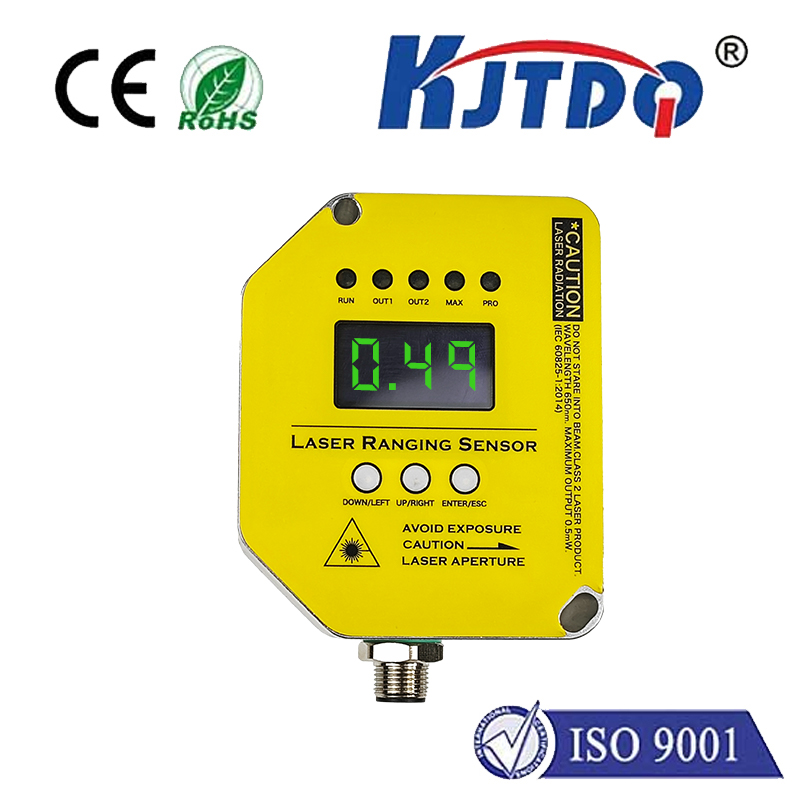adjustable current limit
- time:2025-08-03 01:25:54
- Нажмите:0
Taming the Flow: Mastering Adjustable Current Limit for Robust Electronics
Презентация
Imagine the delicate circuitry inside your smartphone or a complex industrial motor controller. Now picture an unexpected surge of electrical current coursing through it. Without protection, this invisible flood can wreak havoc – overheating components, melting wires, or triggering catastrophic failure in seconds. This is precisely where the critical function of current limiting becomes a literal circuit lifesaver. But what if the level of protection needed isn’t fixed? What if your design requires flexibility across different operating conditions or applications? Enter the indispensable solution: the adjustable current limit. This capability transforms a basic safeguard into a powerful, versatile tool essential for modern power management and safeguarding critical electronic systems.
The Foundation: Why Limit Current?
Electrical current, while the lifeblood of electronics, demands respect. Every component – from a simple resistor to a sophisticated microcontroller – has a maximum current it can handle before succumbing to damage. Exceeding this limit, even briefly, can lead to:
- Thermal Runaway: Excessive current generates heat. If components overheat significantly, their resistance may decrease, allowing even Больше. current to flow, creating a destructive feedback loop.
- Component Failure: Semiconductors (transistors, ICs) can experience junction breakdown. Wires can melt. Passives can burn out.
- Safety Hazards: In extreme cases, overcurrent conditions can cause fires or even explosions, particularly in high-energy systems like batteries or power supplies.
Fixed current limiters offer protection, but they lack adaptability. An adjustable current limiter, however, empowers designers and engineers to define the precise maximum threshold for a given application or operational state.

How Adjustable Current Limiting Works
The core principle involves continuously monitoring the current flowing through a circuit path and actively intervening to prevent it from exceeding a predefined user-set threshold. Here’s a simplified breakdown:
- Sensing: A low-value, high-precision resistor (a sense resistor) is placed in series with the load path. The voltage drop across this resistor (V = I x R) is directly proportional to the load current (I).
- Сравнение: This small sense voltage (Vsense) is fed into a comparator circuit, often an operational amplifier (op-amp). The comparator continuously compares Vsense against a reference voltage (Vref). This Vref is the user-controlled element; it sets the trigger point.
- Regulation/Control: When Vsense approaches the level corresponding to the desired current limit threshold (determined by Vref), the control circuit initiates action. This can take several forms:
- Linear Regulation (Foldback/Constant Current): In linear power supplies or regulators, the pass element (transistor) reduces its conductivity, increasing its voltage drop and limiting the output current regardless of the load’s demand or input voltage changes. It essentially acts like a rapidly variable resistor.
- Switching Converter Limiting: In switch-mode power supplies (SMPS), the control IC monitors the current, typically through the switch or inductor. Upon reaching the limit, it terminates the current pulse prematurely (cycle-by-cycle limiting) or skips pulses to prevent the average current from exceeding the set value.
- Shutdown/Latching: In critical fault protection, reaching the limit might trigger a complete shutdown of the output, requiring a reset. (Often combined with a non-adjustable, higher “fuse-like” limit).
The adjustability stems from the ability to change Vref. This is commonly achieved using:
- Potentiometers: Manual dial adjustment.
- Digital-to-Analog Converters (DACs): Controlled by a microcontroller or digital signal for software-defined limits.
- Voltage Dividers: Using fixed resistors or digitally controlled resistors.
Key Applications: Where Flexibility is Paramount
The versatility of adjustable current limiting makes it ubiquitous in electronics:
- Laboratory & Bench Power Supplies: This is the classic application. Users need to power vastly different devices safely. Setting an adjustable current limit before connecting a load prevents accidental overload damage when testing unknown circuits or debugging.
- Battery Charging Systems: Charging profiles (constant current / constant voltage) rely heavily on precise current control. An adjustable current limit defines the crucial maximum charging rate for different battery types (Li-ion, Lead-acid, NiMH), chemistries, capacities, and states of charge, optimizing charging time and extending battery life.
- Motor Drivers (H-Bridges): Motors demand high startup currents (stall current). An adjustable limit allows setting a safe maximum during normal operation while permitting higher transient startup surges or setting lower limits for delicate movements.
- LED Drivers: Constant Current (CC) drivers inherently limit current for stable LED brightness. Making this limit adjustable allows for dimming control or setting maximum brightness levels for different LED strings.
- Power Distribution Boards (PDBs): In complex systems, different branches might require different maximum current allocations. Adjustable per-channel limits offer fine-grained protection.
- Prototyping & Development: Flexibility is key. Being able to dynamically adjust the current limit during testing helps characterize device behavior under stress safely and identify failure points.
- Hot-Swap Controllers: When inserting boards into live systems, an adjustable inrush current limit prevents bus voltage droop and sparks by controlling the rate at which capacitance charges.
Essential Features and Considerations
When implementing or selecting a solution with adjustable current limiting, key factors include:
- Precision and Accuracy: How closely does the actual limiting current match the setpoint? This depends on sense resistor tolerance, comparator offset voltage, and reference voltage stability.
- Response Time: How quickly does the circuit react to an overcurrent event? Fast response time is critical to prevent damage during short, sharp transients. Cycle-by-cycle limiting in SMPS is very fast.
- Current Measurement Range: What is the minimum and maximum reliable current the limiter can sense and control?
- Method of Limiting: Does it fold back to a lower current (foldback current limiting), maintain a constant current (constant current limiting), or simply shut down? Each has pros and cons depending on the application.
- Adjustability Range and Resolution: How wide is the adjustment range (e.g., 10mA to 5A), and how finely can it be set?
- Power Dissipation: In linear regulators, the pass element dissipates significant power as heat (Vdrop x Iload) under current limiting into a short circuit. Thermal design is vital.
- Noise and Stability: The control loop must be stable under all conditions without oscillation.
The Tangible Benefits: Why It Matters
Integrating an adjustable current limit delivers significant advantages:
- Enhanced Protection: Provides customizable safeguarding against overcurrent events caused by short circuits, component failures, or user error, significantly improving system reliability.
- Design Flexibility: A single power stage or driver can accommodate a wider range of loads and applications simply by adjusting the limit, reducing the need for multiple fixed-hardware variants.
- Component Longevity: Preventing devices from operating beyond their safe operating area (SOA), particularly under fault conditions, dramatically extends their service life.
- **Safety

